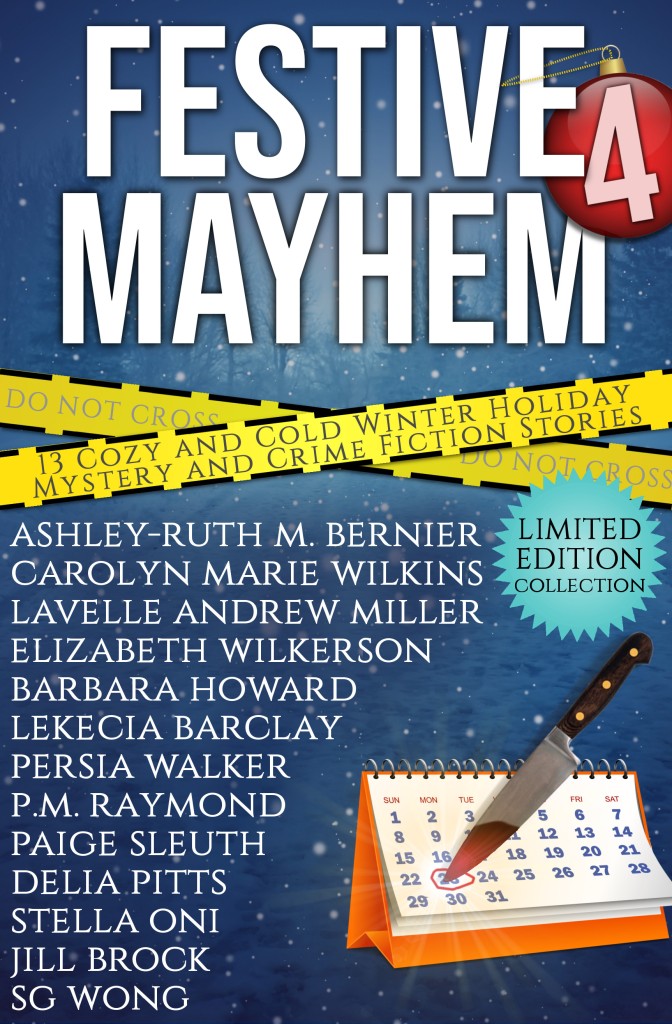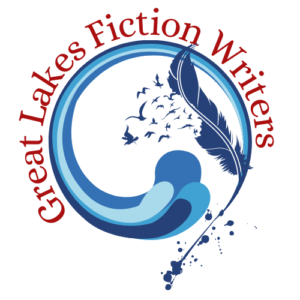
The successful funding of our Kickstarter campaign for Festive Mayhem 4 is truly a cause for celebration! I am absolutely thrilled at the thought of sharing my short story, “Chocolate Kisses, Deadly Wishes,” with eager readers. As an added treat, the companion cookbook is among the exciting bonus rewards available in the Kickstarter campaign. Festive Mayhem 4 is a captivating multi-author mystery and crime fiction anthology, featuring 13 captivating new short stories contributed by me and my esteemed author peers.
The Kickstarter rewards offer a unique opportunity to immerse yourself in this compelling collection, with three exclusive limited-edition Crime Collections up for grabs. Each volume is thoughtfully curated to include a selection of the Festive Mayhem 4 stories and comes with digital signatures from the contributing authors. It’s important to note that access to these Kickstarter-exclusive volumes will be limited once the campaign concludes, so I encourage you to seize this opportunity without delay and show your support by backing us today!
For more details and to discover the various ways you can contribute and get involved, please visit our Kickstarter page at Kickstarter page. Your support means the world to us, and we can’t wait to share this thrilling anthology with you. Thank you for being a part of this incredible journey!








